The Most Historic Villages in Japan You've Never Heard Of
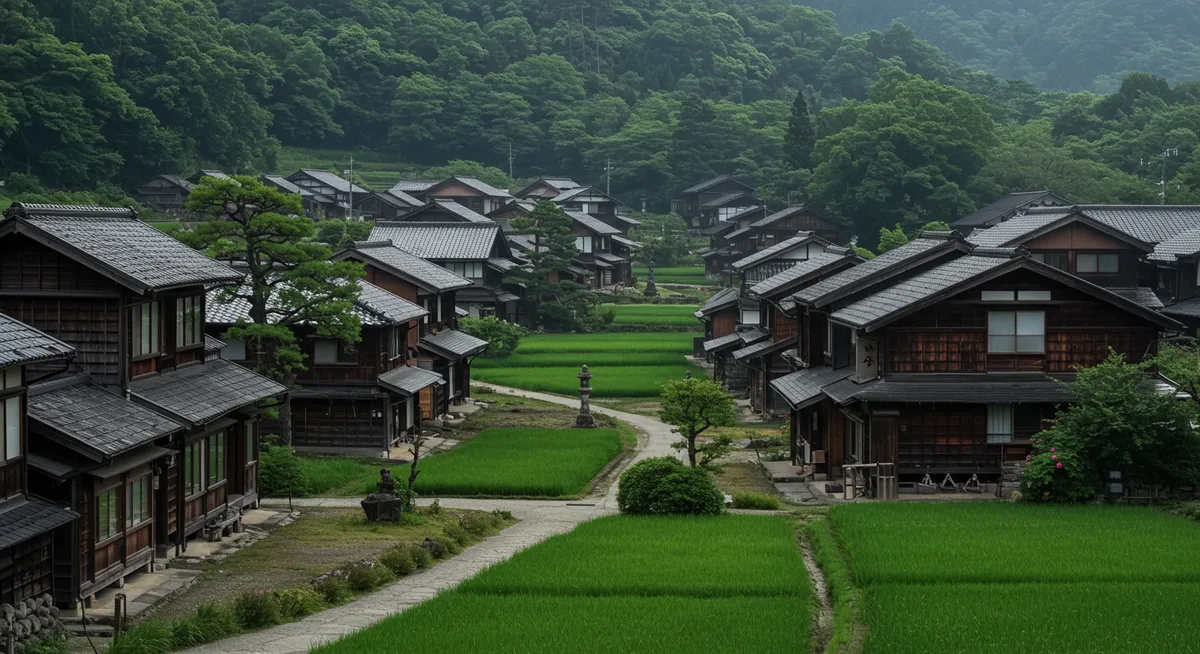
The Most Historic Villages in Japan You've Never Heard Of
Beyond Japan's gleaming cityscapes and famous tourist destinations lies another world—historic villages that have preserved traditional architecture, customs, and ways of life with remarkable integrity. These extraordinary settlements offer visitors authentic glimpses into Japan's past, from the distinctive gasshō-zukuri farmhouses of the mountains to merchant districts and post towns along ancient highways. Many of these villages survived modernization due to their remote locations or through dedicated preservation efforts, creating living museums where visitors can experience centuries of Japanese rural heritage firsthand.

1. Shirakawa-gō: Thatched Roofs Under Snow
Nestled in the remote Shōgawa River Valley in Gifu Prefecture, Shirakawa-gō stands as Japan's most famous historic village—and deservedly so. This UNESCO World Heritage Site showcases a unique collection of gasshō-zukuri farmhouses, some over 250 years old, with their distinctive steep thatched roofs resembling "hands in prayer." Set against a backdrop of mountains and rice paddies, these remarkable structures represent a perfect adaptation to the region's heavy snowfall and traditional mulberry cultivation for silkworms.
What Makes It Special
- Unique Architecture: Features the largest concentration of gasshō-zukuri houses in Japan, with roofs pitched at 60-degree angles to shed heavy snow
- UNESCO Recognition: Designated as a World Heritage Site for its traditional rural way of life
- Living Community: Remains an active village where residents maintain traditional practices while accommodating visitors
- Seasonal Beauty: Transforms dramatically through the seasons, from snow-covered winter wonderland to vibrant green summer landscapes
Historic Significance
Shirakawa-gō's isolated location in the mountains contributed to the development of its unique architectural style and rural culture. The gasshō-zukuri houses evolved as a practical response to environmental challenges, with steep thatched roofs able to withstand snow accumulation of several meters. Their spacious attics provided ideal conditions for silkworm cultivation, an important economic activity. The village's remoteness also allowed it to maintain independence during feudal times, developing its own distinct social structures. While many similar villages across Japan succumbed to modernization, Shirakawa-gō's isolation helped preserve its traditional character until concerted conservation efforts began in the 1970s.
What to Experience
Explore the Wada House, the largest gasshō-zukuri structure and former home of the village's most prosperous family, now open as a museum. Climb to the Shiroyama Viewpoint for the iconic panoramic view of the village nestled in the valley. Visit the open-air museum with relocated historic houses that provide intimate looks at traditional rural life. Stay overnight in a gasshō-zukuri farmhouse, many of which operate as minshuku (family-run guesthouses), to experience life in these remarkable buildings and enjoy traditional meals prepared by host families.
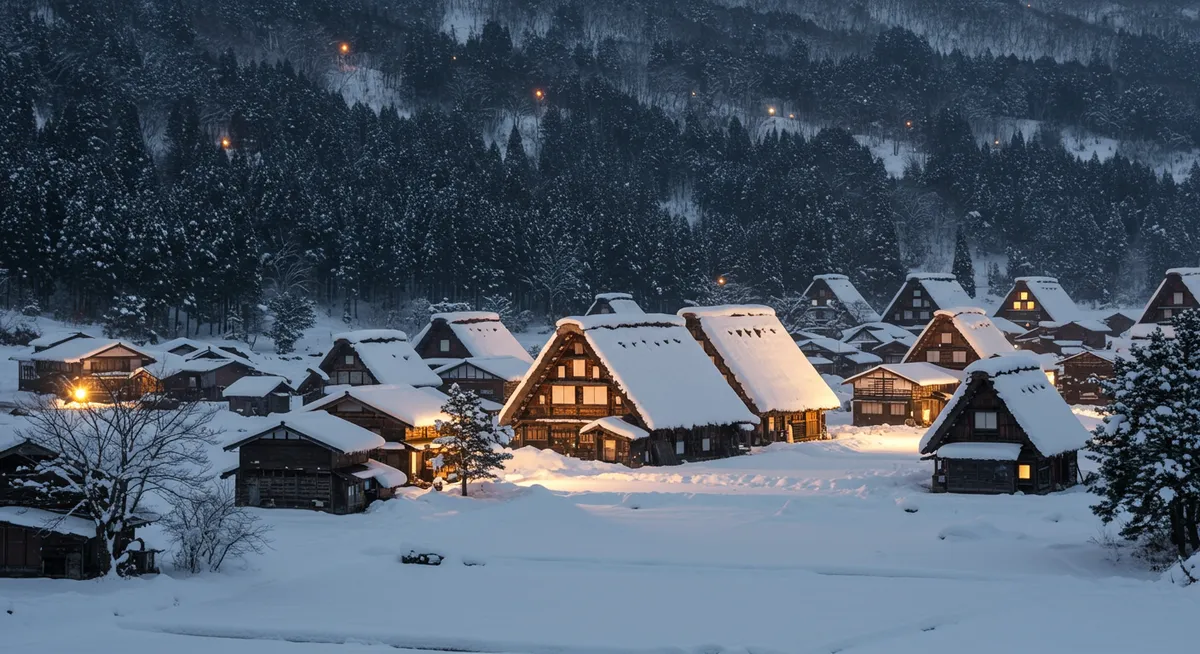
2. Tsumago: The Most Perfect Edo-Period Post Town
Frozen in time along the historic Nakasendō highway linking Kyoto and Edo (Tokyo), Tsumago in Nagano Prefecture stands as Japan's most meticulously preserved post town. This former way station, where travelers once rested during long journeys, offers visitors an authentic experience of Edo-period Japan (1603-1868). Through dedicated preservation efforts that began in the 1960s, Tsumago maintains an extraordinarily authentic atmosphere, with telephone wires buried, cars banned during daytime, and strict regulations maintaining historical integrity.
What Makes It Special
- Complete Edo-Period Townscape: The entire village preserves its appearance from the feudal period, with no visible modern intrusions
- Nakasendō Highway Heritage: Served as the 42nd of 69 post stations along one of Japan's most important historic routes
- Pioneer in Preservation: One of the first Japanese communities to actively restore and protect its historic character
- Authentic Atmosphere: Maintains historic ambiance through bans on visible modern elements and automobile restrictions
Historic Significance
Tsumago developed as a post town during the Edo period when the Tokugawa shogunate established a system of official routes connecting major cities. As the 42nd of 69 stations along the Nakasendō, Tsumago provided accommodations, fresh horses, porters, and other services to travelers, including feudal lords making their mandatory journeys to Edo under the sankin-kōtai system. The town's prosperity continued until the Meiji Restoration and the arrival of railways, which rendered post towns obsolete. By the 1960s, Tsumago had fallen into decline, but a resident-led preservation movement transformed it into a model for historic conservation throughout Japan.
What to Experience
Walk the beautifully preserved main street lined with wooden buildings housing traditional inns, shops, and former official buildings from the Edo period. Visit the Wakihonjin, a high-class inn that served samurai and government officials, now a museum showcasing the accommodations of elite travelers. Explore the former honjin (principal inn) site with its artifacts detailing the history of travel during feudal times. Hike the restored section of the Nakasendō between Tsumago and Magome, covering 8 km of the original stone-paved path through forests and farmland, experiencing the route as travelers did centuries ago.
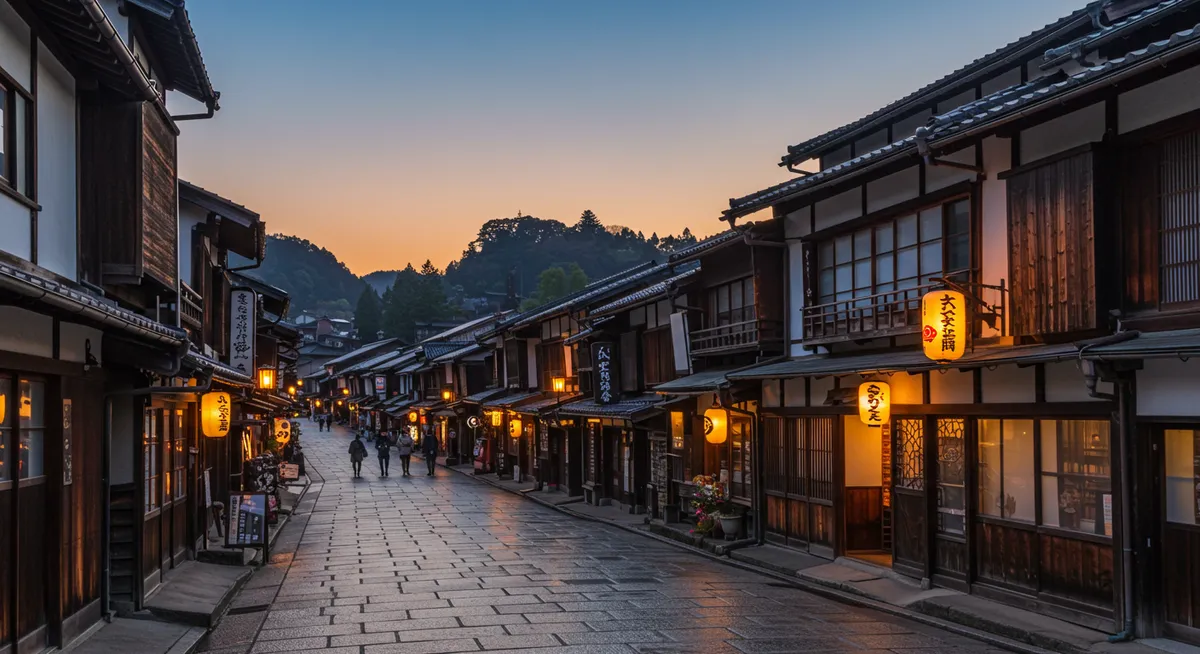
3. Magome: Restored Post Town with Mountain Views
Perched dramatically on a mountainside in Gifu Prefecture, Magome complements its sister post town Tsumago with a distinctly different character. The 43rd station on the historic Nakasendō highway, Magome features a beautifully restored main street that climbs steeply through the village, offering spectacular views of the surrounding mountains including Mt. Ena. While similarly preserved in Edo-period style, Magome's stone-paved slope, waterwheel, and panoramic vistas give it a unique atmosphere distinct from other historic post towns.
What Makes It Special
- Dramatic Setting: Built on a steep slope with stunning views of the Kiso Valley and Japan Alps
- Stone-Paved Main Street: Features a beautifully restored stone path climbing through the center of the village
- Water Features: Traditional water system with channels running alongside the street and restored waterwheel
- Gateway Experience: Marks the entrance to Gifu Prefecture and historically served as a boundary checkpoint
Historic Significance
Like Tsumago, Magome prospered during the Edo period as a post town serving travelers on the Nakasendō. Its position at the entrance to the challenging Kiso Valley section of the route gave it particular importance, as travelers would often prepare here before tackling the mountain passes ahead. The town was notably the birthplace of Shimazaki Tōson, whose novel "Before the Dawn" describes life in the post towns during the transition from the feudal era to the modern period. After falling into decline with the arrival of railways, Magome was revitalized through preservation efforts inspired by Tsumago's success, though it took a slightly different approach by more openly embracing tourism.
What to Experience
Climb the steep main street, paved with stones and lined with carefully restored and reconstructed buildings housing traditional shops, restaurants, and museums. Visit the Toson Memorial Museum dedicated to Shimazaki Tōson, exploring his works and the historical transitional period he documented. Enjoy spectacular views from the upper section of the village, where on clear days visitors can see all the way to Mount Ena. Hike the preserved 8 km section of the Nakasendō connecting Magome to Tsumago, passing through bamboo forests, farmland, and mountain terrain with restored tea houses along the way.
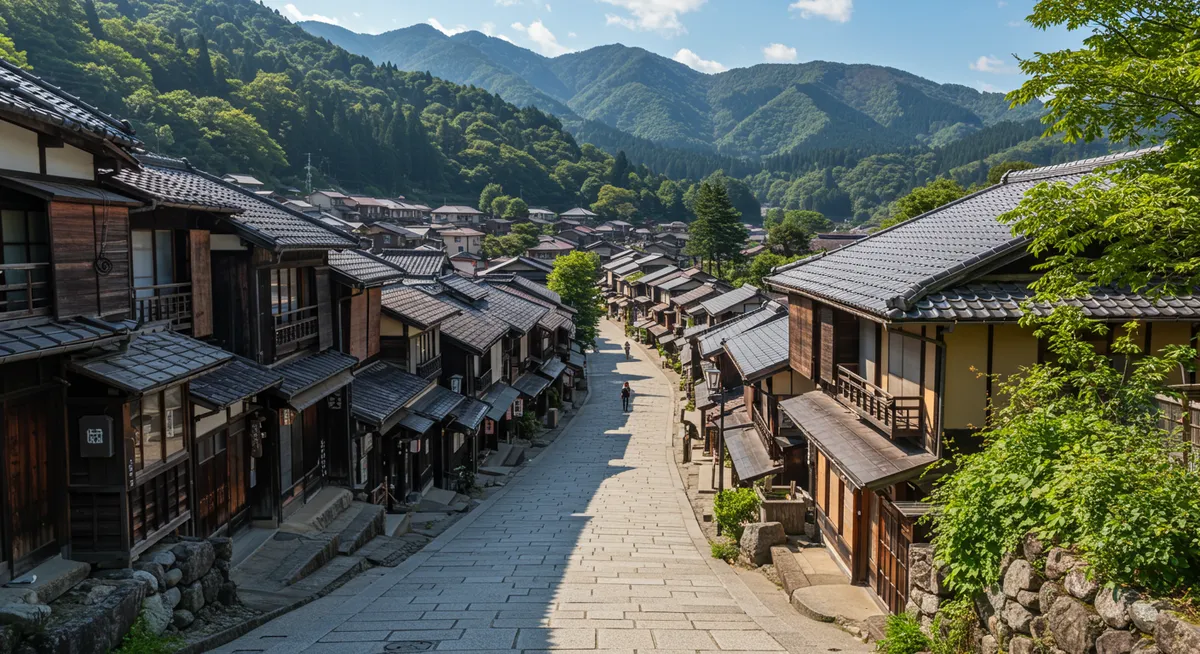
4. Ōuchi-juku: Snow Country Post Town
Hidden in the mountains of Fukushima Prefecture, Ōuchi-juku preserves the distinctive architecture and atmosphere of an Edo-period post town in Japan's heavy snow country. Unlike Tsumago and Magome on the Nakasendō, Ōuchi-juku served travelers on the less-famous Aizu-Nishi Kaidō, connecting the Aizu region to Nikko. The village's remarkably preserved main street features distinctive thatched-roof buildings with their gables facing the street—a practical design for areas receiving massive snowfall. This more remote historic village offers a less-crowded, highly authentic glimpse into Japan's past.
What Makes It Special
- Distinctive Snow Country Architecture: Features rows of thatched-roof buildings designed to withstand heavy winter snowfall
- Traditional Cuisine: Famous for unique local specialties like negi-soba (buckwheat noodles eaten with a whole green onion instead of chopsticks)
- Less Commercial: Maintains a more authentic, less tourist-oriented atmosphere than some better-known historic villages
- Seasonal Transformation: Changes dramatically with the seasons, from snow-buried winter wonderland to lush green summer retreat
Historic Significance
Ōuchi-juku developed during the early Edo period as a post town on the route connecting the important Aizu domain to Nikkō, where the Tokugawa shoguns' mausoleum was located. The village provided lodging and services to officials, merchants, and travelers making this journey. Its distinctive architectural style, with thatched roofs extending lower than in other regions, evolved to cope with the area's extremely heavy snowfall, which could exceed several meters. After the Meiji Restoration, the village declined in importance but remained relatively unchanged due to its remote location. Unlike some other historic villages, Ōuchi-juku was never fully abandoned, allowing for authentic preservation rather than reconstruction.
Japanese Historical Village Itineraries
Japan's historic villages showcase different aspects of the country's rural heritage and traditional architecture. Consider these themed routes for exploring these remarkable sites:
- UNESCO Heritage Trail: Begin at Shirakawa-gō and visit other World Heritage villages that preserve Japan's traditional rural architecture
- Nakasendō Journey: Experience the historic highway by traveling between Tsumago and Magome, then exploring other preserved post towns along the route
- Traditional Building Techniques: Compare the snow-country adaptations of Shirakawa-gō and Ōuchi-juku to understand how architecture evolved to meet different environmental challenges
- Four Seasons Experience: Plan visits to these villages during different times of year—winter for snow-covered beauty, spring for cherry blossoms, autumn for vibrant foliage, and summer for lush green landscapes
Travel Tip: Many of these historic villages become crowded with day-trippers during peak hours (10 AM to 3 PM). For a more authentic experience, stay overnight in a traditional inn or farmhouse to enjoy the peaceful atmosphere in the early morning and evening when most tourists have departed.
Related Content
If you're interested in Japan's historic villages, you might also enjoy these related articles:

The Most Historic Villages in Japan
Experience Japan's extraordinarily preserved historic villages, from thatched-roof gasshō-zukuri houses to perfectly maintained Edo-period streets.

Historic Mountain Villages in the Italian Alps
Discover Italy's most enchanting Alpine villages, from medieval stone houses to spectacular mountain settings.
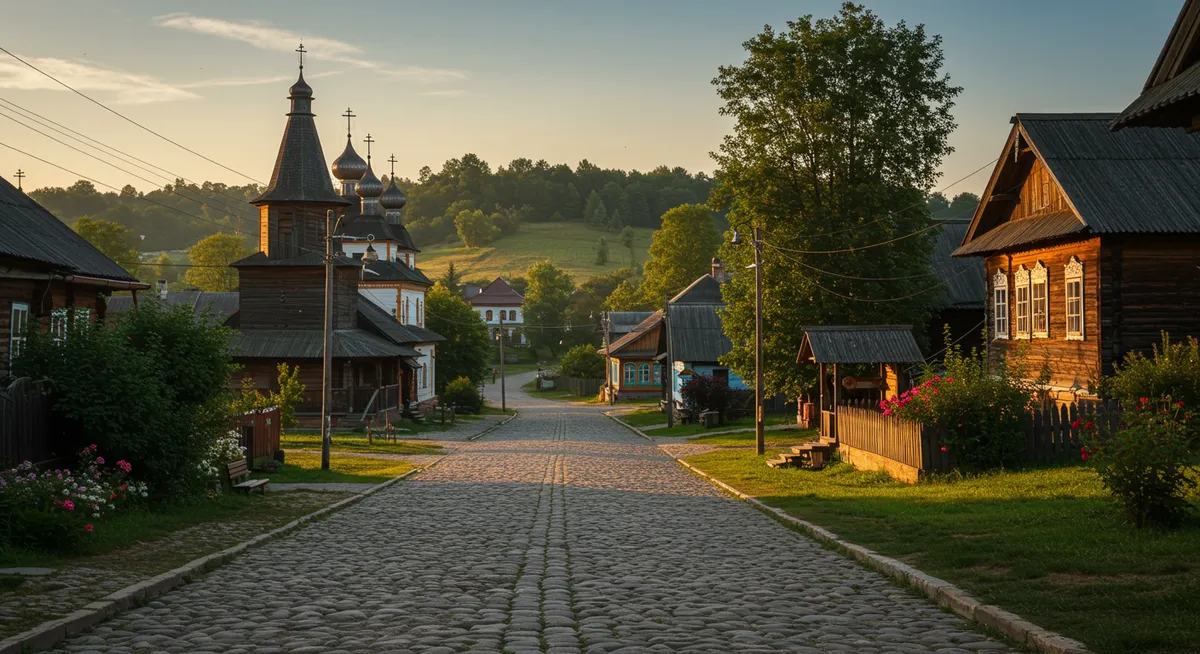
Timeless Villages in Eastern Europe
Discover Eastern Europe's most fascinating historic villages, from Romania's preserved Saxon settlements to Bulgaria's ancient towns.
Explore More Historic & Hidden Gem Villages
Discover more extraordinary villages across Asia and beyond.